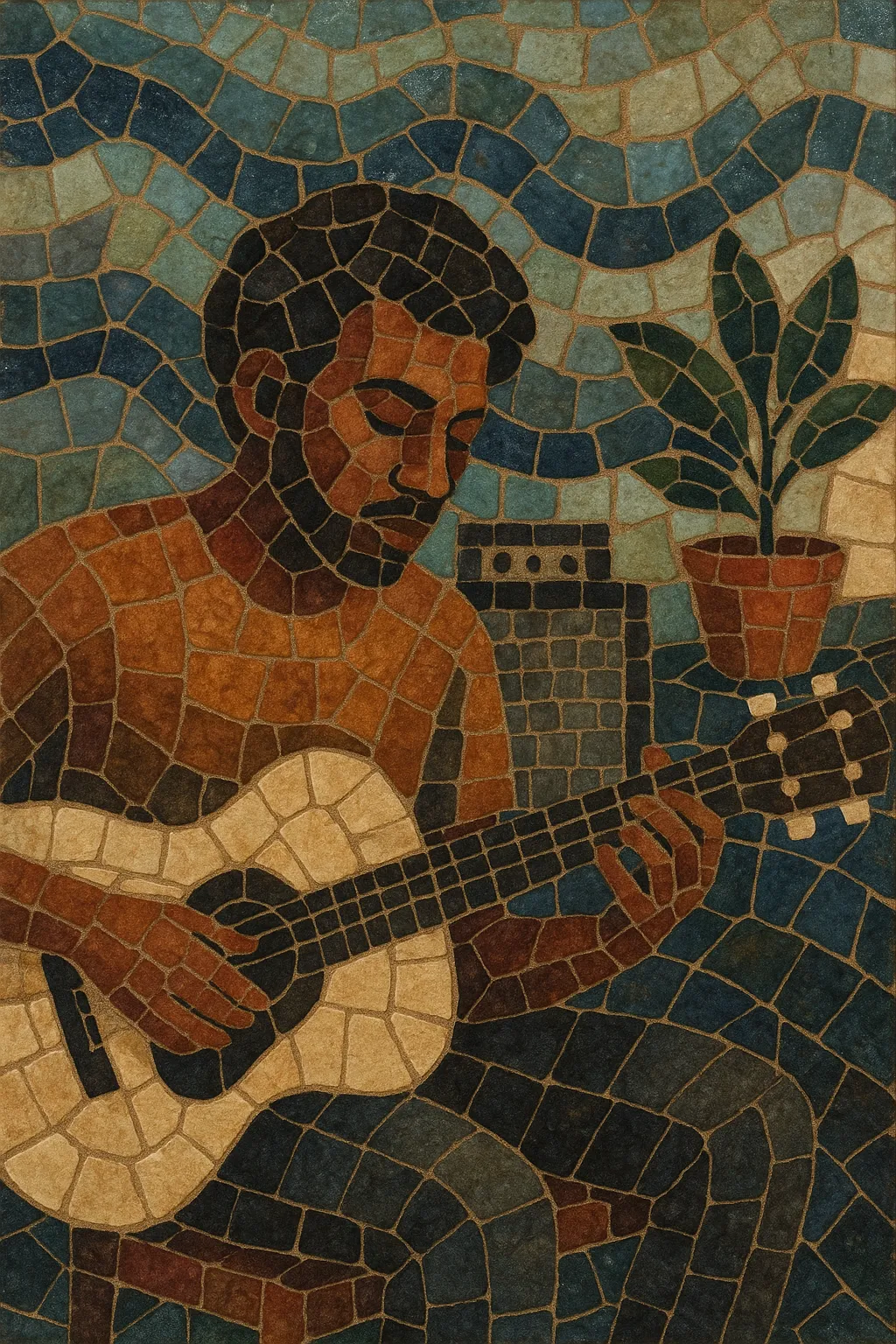
Indie soul is a contemporary, independently minded offshoot of soul that blends the warmth and emotional directness of classic and neo-soul with the intimate production values and DIY ethos of indie scenes. It favors organic grooves, jazz-tinged harmony, and understated, confessional vocals over radio-driven polish, often embracing lo-fi textures, bedroom recording techniques, and subtle electronic touches.
The style typically features roomy drums, buttery electric bass, Rhodes or Wurlitzer keyboards, and clean, chorus- or tremolo-kissed guitars, alongside layered harmonies and tasteful sampling. While it borrows the sophistication of jazz and the pocket of funk, indie soul foregrounds personal storytelling, sonic space, and mood—balancing lush chord progressions with hushed, close-mic’d performances.
Indie soul emerged from the intersection of neo-soul’s 1990s groundwork and the 2000s indie/DIY movement. As affordable home-recording tools and Bandcamp-era distribution matured, artists inspired by D’Angelo-era groove and jazz harmony began crafting intimate, self-released projects that prized texture, space, and personal narrative. The United States provided the initial foothold, with parallel scenes soon taking root in the UK, Australia, and beyond.
In the early-to-mid 2010s, a wave of artists combined soul-forward songwriting with indie production, subtle electronics, and modern R&B sensitivities. The sound’s identity solidified around hushed vocals, extended chords (maj7, min9, add9), swung or behind-the-beat drum feels, and warm, tape-tinged mixes. Online platforms, tastemaker radio, and boutique labels helped globalize the aesthetic, while collaborations with jazz, future-soul, and electronic musicians widened its palette.
By the 2020s, indie soul became a staple of streaming-era listening—featured on mood and “chill” playlists and influencing bedroom pop, lo-fi beats, and indie R&B. Artists increasingly blended analog instruments with restrained synths, granular sampling, and humanized programming, keeping the genre’s core—intimacy, groove, and harmonic richness—intact while embracing cross-genre experimentation.

